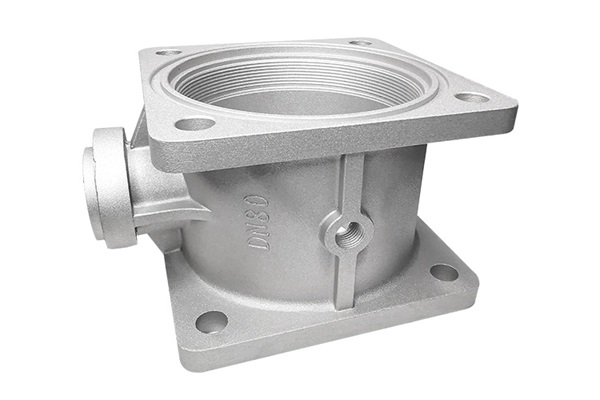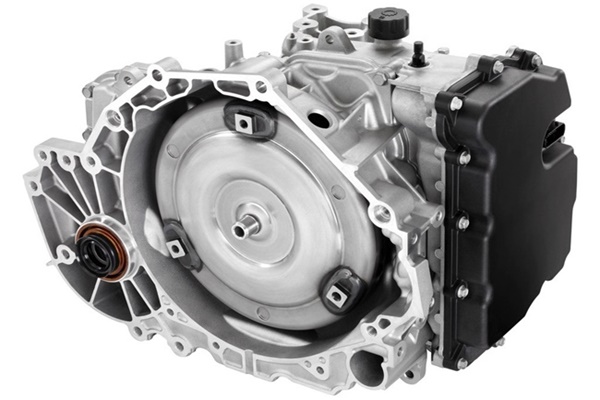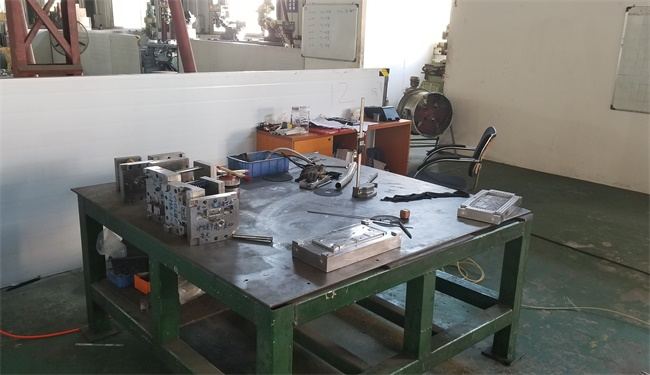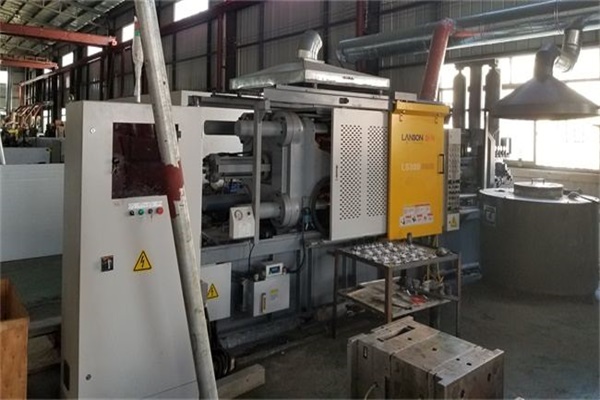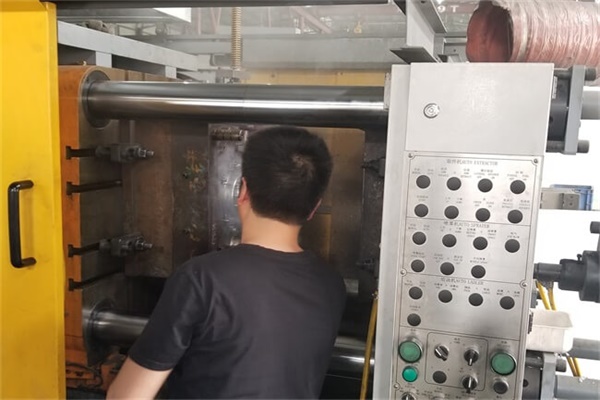Products are getting more and more complex. High pressure Die casting is a highly automated manufacturing process that produces complex parts in high strength alloys. High pressure die casting is not a new technology but it is very suitable when producing modern products. High pressure die casting is a highly automated process to economically manufacture parts with complex shape. It is suitable to high volume production.
Die Casting Process use a metal mold or die. Molten metal is forced into the die cavity by a pressure. Die casting is the same process as injection molding. Die casting is suitable to softer alloys. Zinc, aluminum and magnesium-based alloys are the most commonly used material in die casting. In the past, tin and lead were also popular in high pressure die casing process. Compared to aluminum, magnesium has a higher damage tolerance. It is fully recyclable. Aluminum alloys and carbon fiber have excellent mechanical properties but with worse sustainability. These materials need a lot of energy to manufacture. Carbon fiber is impossible to recycle and magnesium alloys are fully recyclable.
Die casting machines are rated by the clamping force. Higher pressures allow repaid cycle time, thin walls and fine features. Dies include additional cooling channels. Dies must be able to withstand the thermal shock and should not soften at the shot temperature. Die represents a considerable capital expense. Long die life with a high automation, die casting is very economical for high volume production.
The highest investment in High Pressure Die Casting is the die casting machines itself. Die changes will take around 1 few days or a few hours. It is economical with quantity from 500 to 2,000 parts, and even as small as a few hundred per year. When the die is available, it is easily to ramp-up production rapidly.
Semi-solid die casting is another variation on die casing which is suitable for manufacturing parts with high strength. Semi-solid is heated to just below its melting temperature. Thiximolding is another semi-solid casting process to produce parts in magnesium alloys. It is usually used for aluminum alloys and uses a precast billet which allows the process to be controlled. Rhecasting is also for aluminum alloys. It is able to lower the cost without using pre-cast billets. Rheocasting allows to use primary and secondary metal. As low-carbon economy is driving widespread. Electric vehicles required component with low-weight and high-strength. Rheocasting and Thixomolding offer ways to achieve this. For more information, contact TEAM Rapid at [email protected] today!
